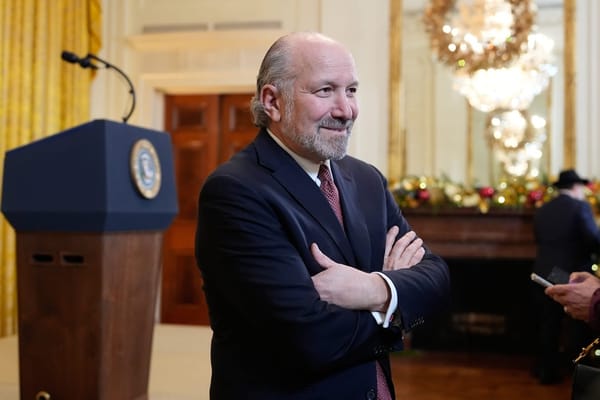ITIF Plan Would Cap BEAD Grants at $1,200 Per Location
Savings would go to fund Internet affordability programs
Blake Ledbetter

WASHINGTON, Jan. 23, 2025 – A new proposal is calling on the Commerce Department to adjust the Broadband Equity, Access, and Deployment program's funding model to incorporate innovative technologies, such as low Earth orbit satellites.
In a recent plan from ITIF Broadband and Spectrum Policy Director Joe Kane and Research Assistant Ellis Scherer, the policy group called on the BEAD program to prioritize using newer, less expensive technologies in households over fiber-optic cables.
ITIF argues that when BEAD was founded, LEO satellite technologies were not advanced enough to be part of the program’s approach. However, thanks to innovations in recent years from companies like Starlink, Americans now have a viable, cost-effective alternative to terrestrial technologies.
The institute says that because LEO services are much cheaper to install, each state should establish an Extremely High Cost Per Location Threshold (EHCPLT) of $1,200, which would cover the highest price of a Starlink terminal ($600) and a $25 monthly discount on service for two years.
Kane and Scherer say that “setting $1,200 as the threshold recognizes the reality that LEO service is an option for every location. If the cost to serve a location with fiber is already twice the cost to serve it with satellite, spending more is an extremely high cost, and the state should choose a satellite option for that location.”
The policy group believes that it is not too late to make these BEAD changes. “No state is too far along in the BEAD process to make changes that would set a more realistic EHCPLT to make their deployment plans more affordable,” Kane and Scherer wrote.
ITIF hopes that all the saved money from these changes can be used toward providing affordable broadband, which the research institute sees as a more pressing issue than availability.
WISPA Communications Director Mike Wendy said his organization thinks ITIF has identified an important issue.
“The initial reaction here is the main idea is pretty good. BEAD can be done better, faster, cheaper in a way that uses all the tools we have to bear to reach the unserved. It may be LEOs, or unlicensed fixed wireless, or some other technology, but the day of the $77,000 connection is over – it’s needless, wasteful, and harmful to taxpayers and, especially, those without broadband,” Wendy said.
Last week, NTIA approved Nevada's BEAD plan, which included approval for Beehive Broadband to receive about $77,000 per location to serve 286 locations.
Broadband Breakfast reached out to the Fiber Broadband Association and NTCA – the Rural Broadband Association for comment on ITIF's proposal, but did not hear back.









Member discussion